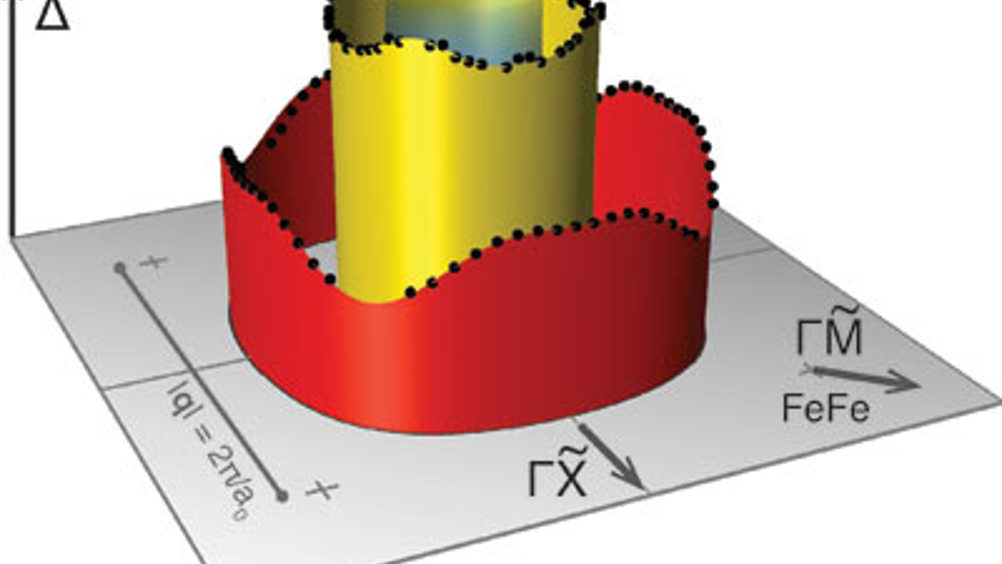Team makes progress on high-temperature superconductors
US researchers have confirmed some predictions about how iron-based high-temperature superconductors work in what is an important step for any future applications.

The team at Cornell University identified gaps in the energy levels of electrons thought to represent electrons that have paired up with twins from adjacent atoms to form so-called ‘Cooper pairs’ that move through the conductor without interference.
Superconductivity was first discovered in metals cooled to temperatures very near absolute zero. Recently discovered compounds of iron, arsenic and other elements become superconductors at much higher temperatures, offering a possible new route to room-temperature superconductivity.
The key lies in ‘spin’. Just as current rotating in a coil of wire generates a magnetic field, a spinning electron is thought to generate a tiny field, which physicists refer to as spin. It is believed that Cooper pairs form when two electrons with opposite spins join up, analogous to two bar magnets snapping together with their north and south poles meeting. The pair is magnetically neutral, so it can move without being impeded by the magnetic fields of other particles.
Register now to continue reading
Thanks for visiting The Engineer. You’ve now reached your monthly limit of news stories. Register for free to unlock unlimited access to all of our news coverage, as well as premium content including opinion, in-depth features and special reports.
Benefits of registering
-
In-depth insights and coverage of key emerging trends
-
Unrestricted access to special reports throughout the year
-
Daily technology news delivered straight to your inbox










Water Sector Talent Exodus Could Cripple The Sector
Maybe if things are essential for the running of a country and we want to pay a fair price we should be running these utilities on a not for profit...